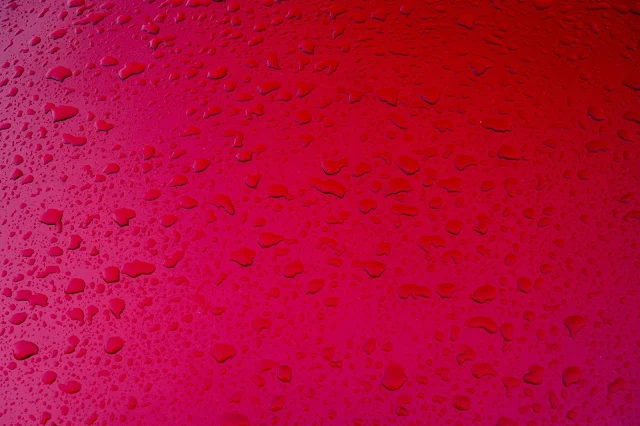Mysterious Red Rain in Kerala
Between July 25 and September 23, 2001, residents of the southern Indian state of Kerala repeatedly witnessed an unusual sight: a bloody rain.
The inhabitants of the southern Indian state of Kerala witnessed: over and over again an extraordinary sight: a bloody rain. While most reports confine the rain to a bright red that looks like blood, some people also report seeing green, black, and even yellow rain. Colored rain cases are powerful thunder and flashes of light. And after the first strange rain appeared, many trees lost their leaves, their leaves turned gray, as if they had been burned.
It was a scientific curiosity, and, as scientists often do, they decided to study this phenomenon, since it was determined that for every ml of rain, about 9 million red particles can be found; however, perhaps corroborating reporters' accounts of rain of other colors, it was found that while most of the seeds were red, there were some green, blue-gray, and yellow.
The pH of the rain was normal (neutral), they also found that it contained large amounts of titanium, nickel, manganese,chromium and copper. The red particles themselves are identified primarily as carbon and oxygen with a small amount of iron. and silicon.This led the Center to first assume that the likely cause of the colored rain was a meteor explosion; However, subsequent research showed that the seeds contained spores.
While there is quite a bit of uncertainty that some researchers speculate that the spores may be of extraterrestrial origin, with early reports of a lack of DNA, some still adhere to the idea of "exploding meteorites." In fact, the Tropical Botanical Gardens and Research Institute eventually discovered that the seeds were spores of "lichen algae from the genus Trentepohlia" that they believed came from local sources. lichen, which theoretically increases the amount of spores in the air. However, while this is their best guess, they note that it is unlikely that lichens simultaneously release enough spores to explain the appearance of colored rains.
Given the way spores are able to soar high in the atmosphere, since any nearby meteorological event appears to be the likely culprit about a decade and a half after the event, part of the mystery could be solved. In 2013, scientists continued to study the event, not only finding the lost DNA, but shortly after researchers discovered that the exact species of one of the algae species, Trentepohlia annulata, was not native to India, which explains why there were no local algae. weather events at the time, which explain why the spores were so high in the atmosphere. Ultimately, the researchers speculated that the spores were brought in through the clouds from Austria. A new study by scientists from India and Austria has shown that the cause of the "bloodshed" is the spread of microalgae spores. Since 1896, sporadic cases of red rain have been reported in parts of Kerala and Sri Lanka.The most recent was in 2013 in Kerala. Rain dyes even clothing that hangs in the open air red, reminiscent of human blood. Many reasons are attributed to this mysterious phenomenon, some of which are implausible, such as the spell and the involvement of aliens.
In 2012, the Huffington Post reported that it was caused by alien life (alien). ... a microalgae, Trentepohlia annulata, has previously only been recorded in Austria, a Central European country.
Research confirms that blood rain is just one of the mechanisms used by algae to spread their spores (like plant seeds) over a very large area at a time, so the algae can quickly invade a large area. The study showed that the DNA sequences of this species from Kerala and from Austria differed little and developed slowly, which suggests that the algae were introduced from Europe not so long ago. "The study confirmed the possibility of penetration through oceanic clouds, an intercontinental spreading phenomenon previously reported for bacteria and fungi, but first for algae," said lead author Dr. Felix Bast of the University of Central Punjab. ... Clouds over the ocean scatter like clouds

